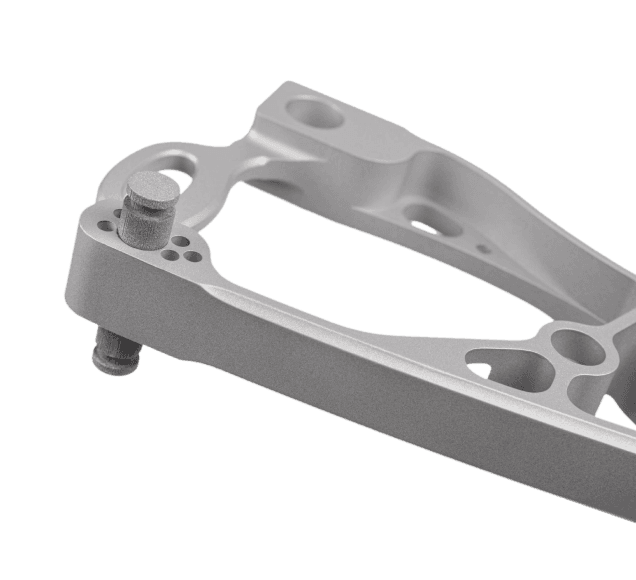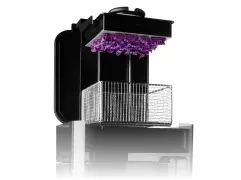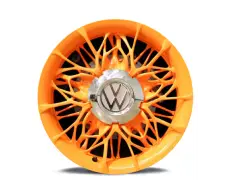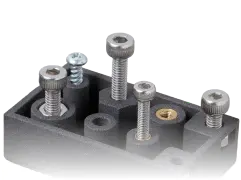Post-Processing 3D Printed Parts
Post-processing 3D printed parts is essential to achieve the optimal finish and performance, while advanced post-processing methods empower you to improve aesthetics, mechanical properties, and overall performance to make your parts suitable for a wide range of applications.
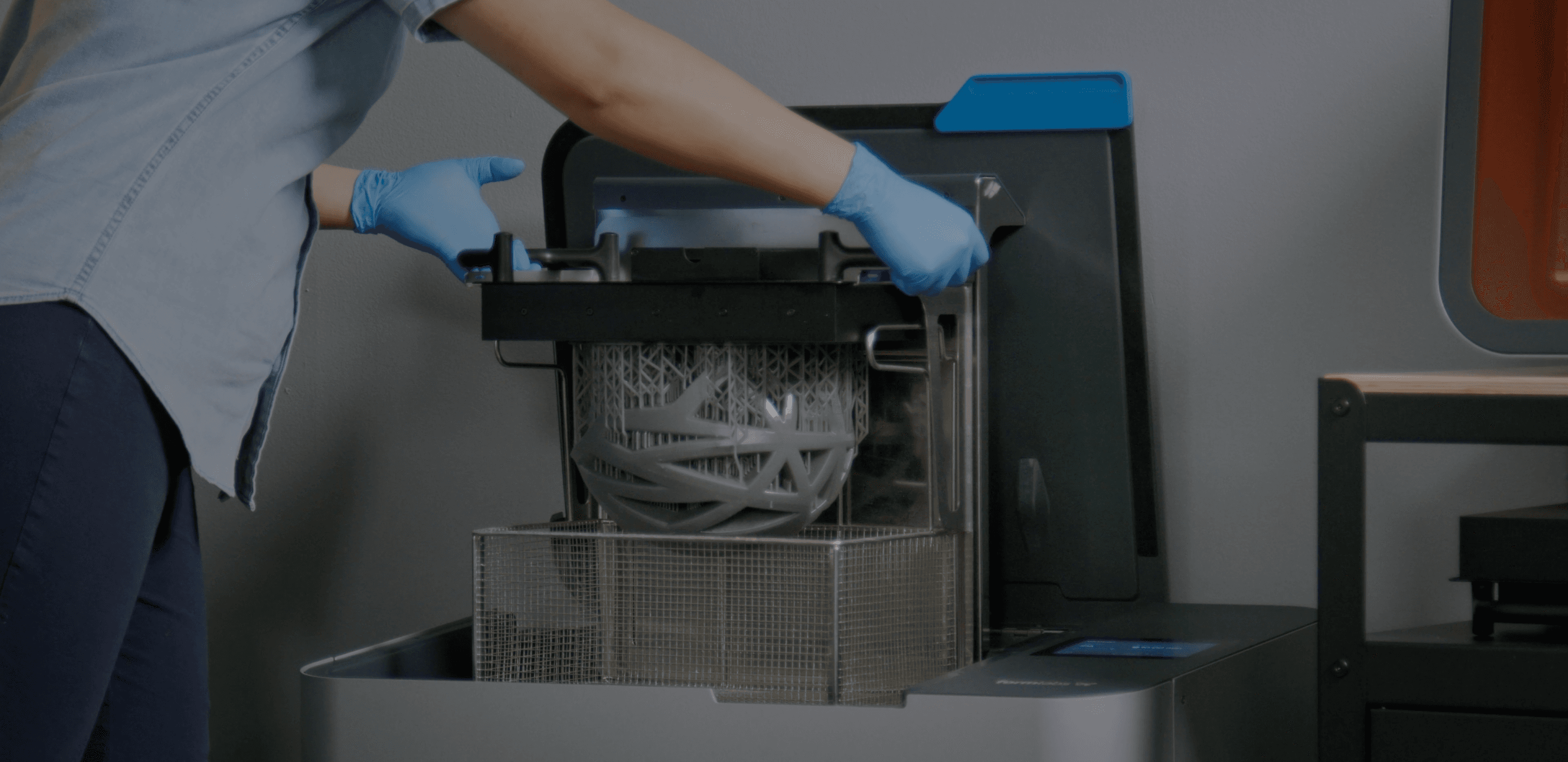
Cleaning
For almost any 3D printing technology, post-processing adds time and limits throughput. Formlabs’ post-processing solutions for SLA and SLS 3D printers simplify and automate post-processing so you can consistently produce quality prints across a range of functions, while maintaining a tidy workspace with less time and effort.

Form Wash and Form Cure
Streamline and automate rinsing and post-curing of resin 3D prints. Designed for parts printed on desktop 3D printers.
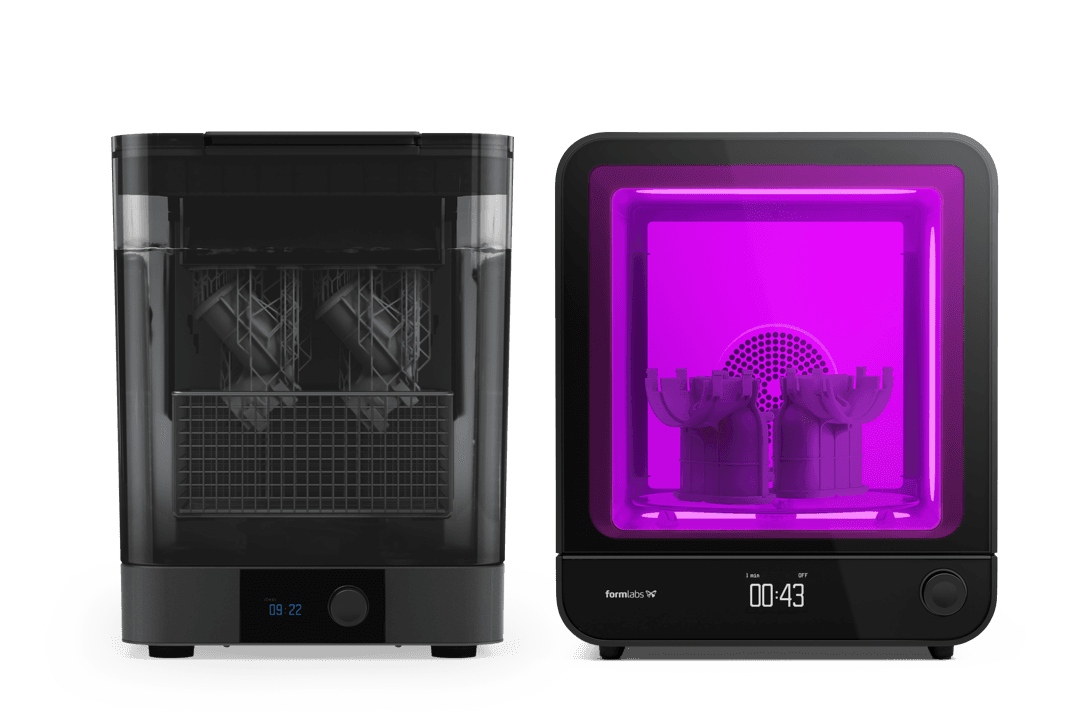

Form Wash L and Form Cure L
Designed for large parts and high volume production, our large-format solutions simplify the post-processing of resin 3D prints.
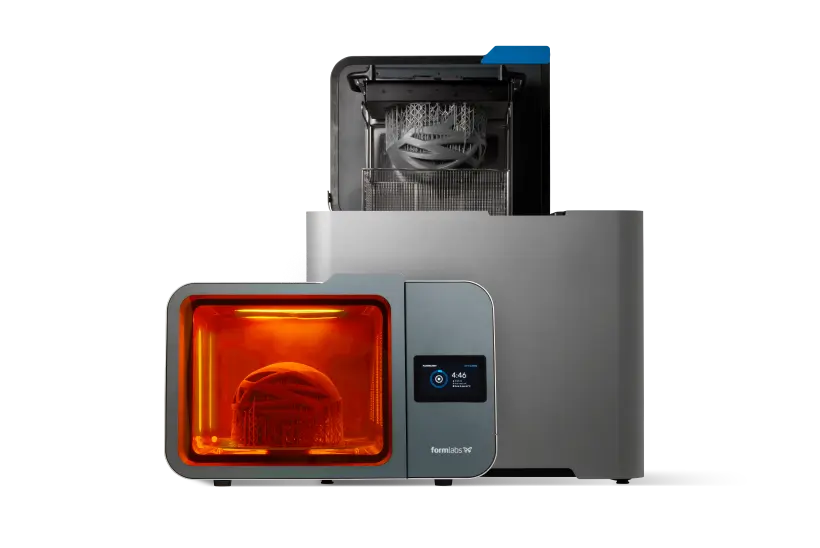

Finishing Tools
Streamline your workflow and enhance surface finish of resin 3D prints with our curated set of post-processing tools.
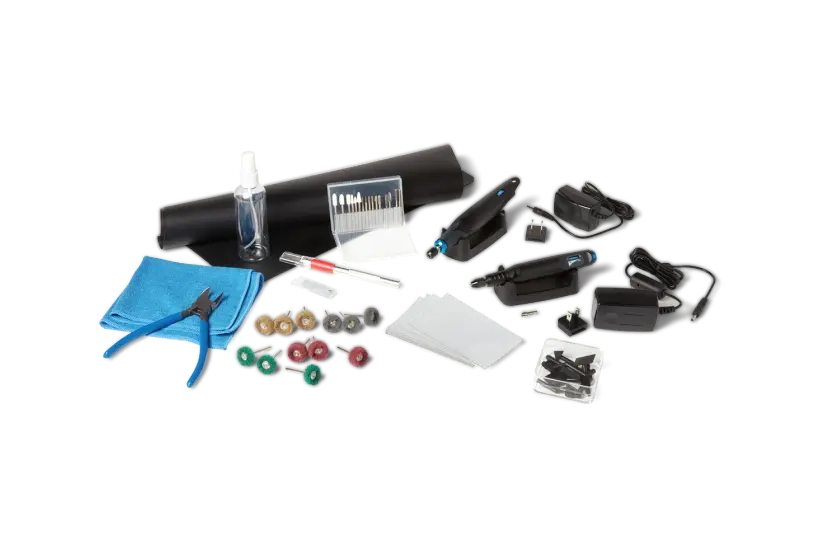

Fuse Sift
Convenient, compact, all-in-one powder recovery station for Fuse Series SLS printers.
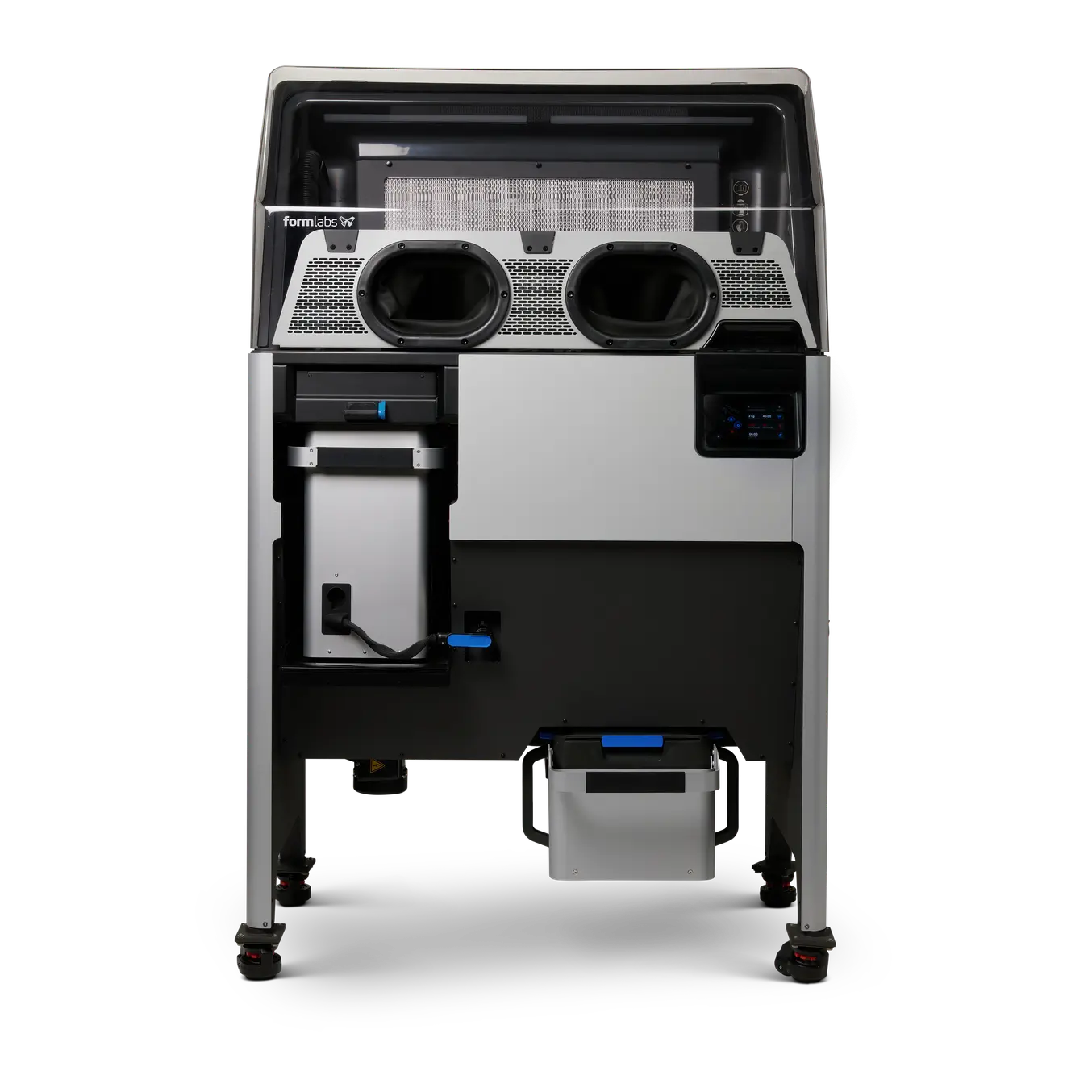

Fuse Blast
Fully automated cleaning solution for SLS 3D printed parts with available Polishing System upgrade.
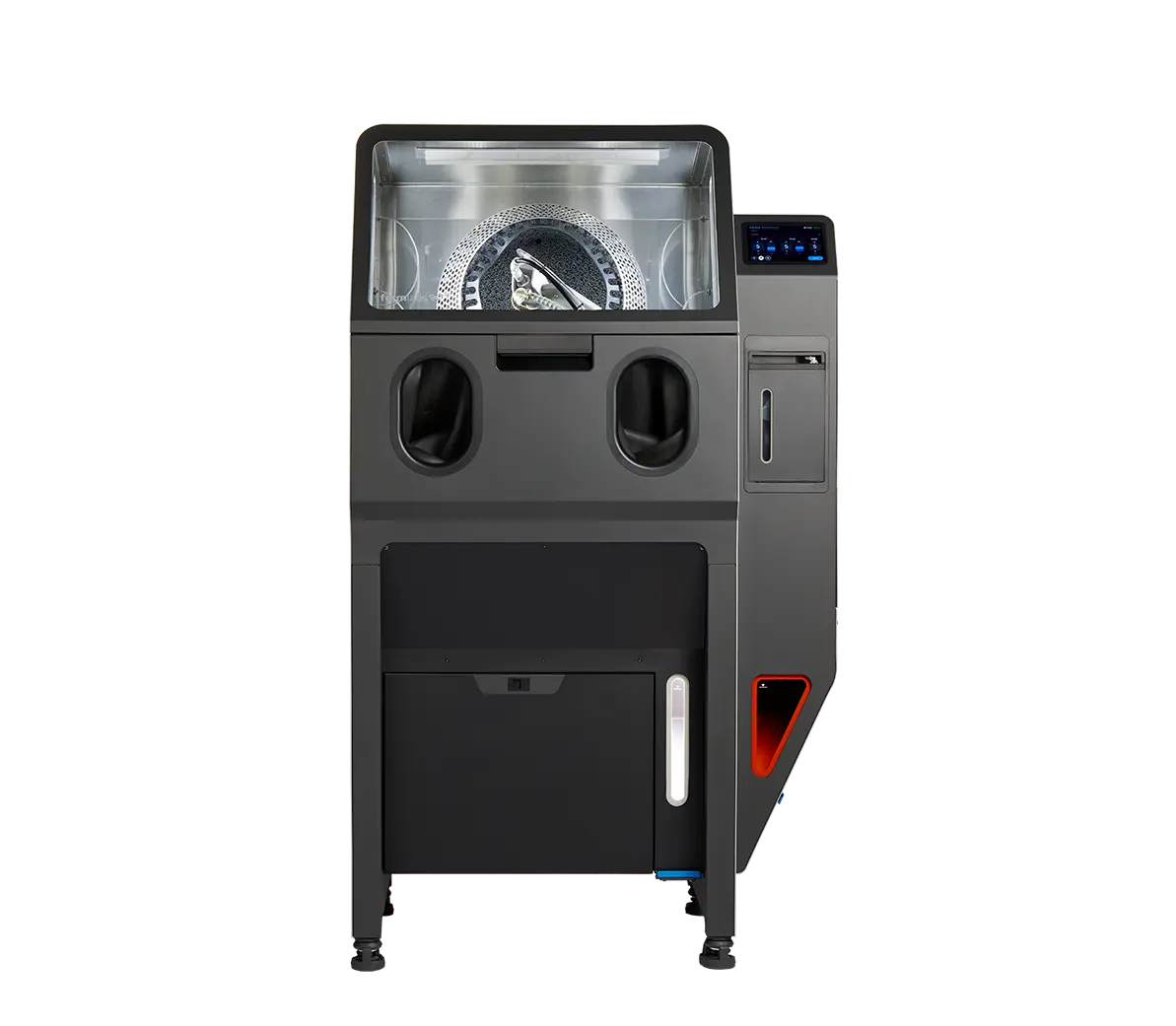

Fuse Depowdering Kit
Affordable manual powder recovery solution for low-volume production on Fuse Series SLS printers.
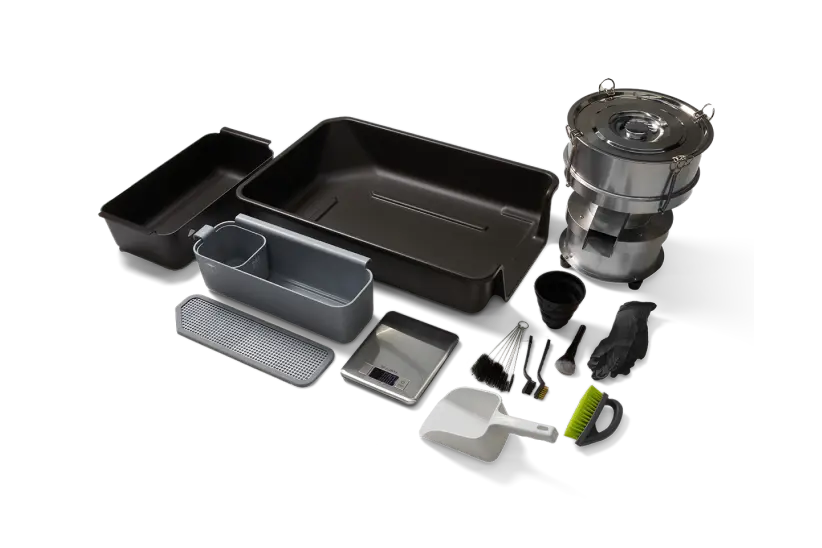

Improving Aesthetics
Improving the look of your parts can mean the difference between a prototype and an end-use, consumer-ready part. SLA parts come out of the printer looking almost ready to go, but there are additional steps you can take to make sure your parts always look their best. For SLS parts, improving the aesthetics can mean transforming the grainier surface into smooth, semi-gloss, scuff-resistant, and dye-ready surface finishes with the Fuse Blast Polishing System. This will yield parts that can be readily integrated into customer-facing operations or serve as functional prototypes in a product development cycle.


Sanding, Buffing, and Polishing
Sanding, buffing, and polishing allow you to smooth edges, remove blemishes, and get rid of any leftover support marks. Formlabs offers a curated set of SLA post-processing tools to streamlines every step in the workflow, and drive down labor time and cost per part.
Ideal for:
- Improving overall look and feel
- Producing multi-piece functional assemblies with adjoining or integrated parts
- Preparing parts for painting, coating, or other processes

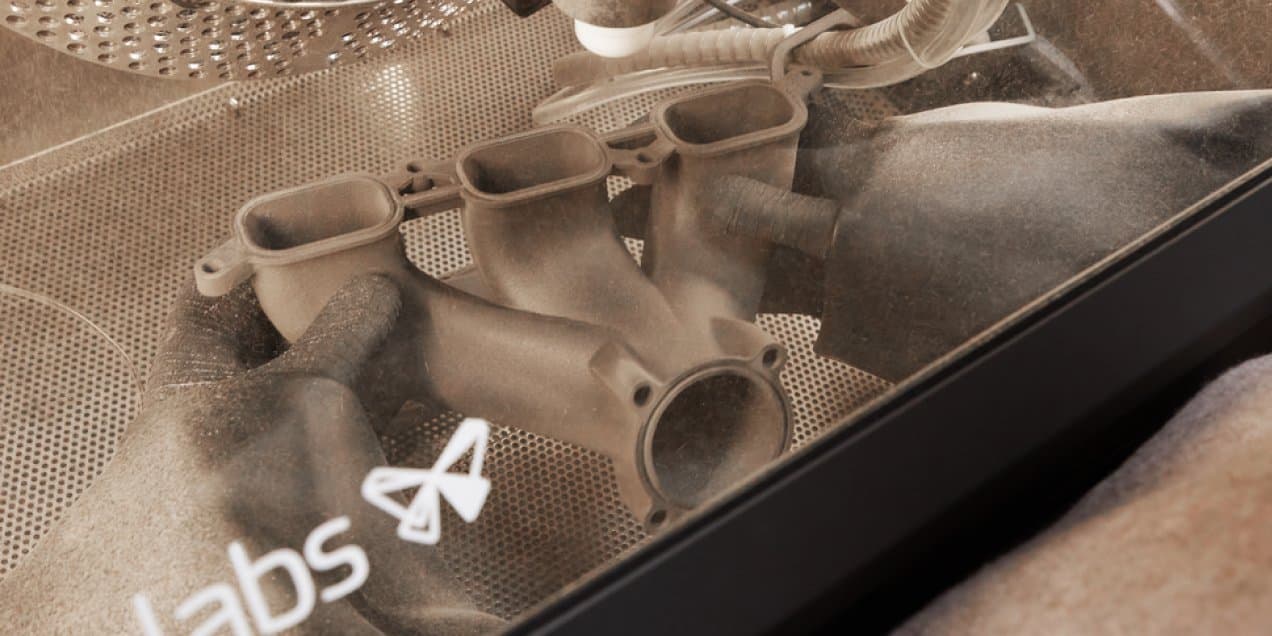
Media Blasting
Media blasting is a recommended post-processing step to fully depowder SLS 3D printed parts, and can also produce smooth, semi-gloss, scuff-resistant, and dye-ready surface finishes. This is particularly useful for clearing the semi-sintered Surface Armor of parts printed on the Fuse Series out of negative features, which can be hard to reach with a brush. Formlabs’ Fuse Blast, and Blast Polishing System upgrade, are the first affordable, automated media blasting and polishing solutions that enables hands-free post-processing for producing consumer-ready SLS parts. For resin printing, media blasting can improve mechanical properties.
Ideal for:
- Producing consumer-ready parts by improving overall look and feel
- Preparing parts for painting, coating, or other processes
- Saving time on powder recovery
- Improving mechanical properties


Vibratory Tumbling
Vibratory tumbling smooths the surface of SLS 3D printed parts by placing them in a tumbler with other media. This produces a matte to semi-gloss finish that is satiny smooth to the touch and an over 80% reduction in surface roughness.
Ideal for:
- Improving smoothness
- Improving surface hardness
- Preparing parts for painting, coating, or other processes


Vapor Smoothing
Vapor smoothing bathes SLS 3D printed parts in vaporized chemical solvents that create a controlled chemical melt of the 3D printed material, filling minute cavities and forming a smooth, glossy shell around the part. Notably, the smoothing effect is not limited to line-of-sight geometries, making it suitable for complex parts with internal channels or other negative features.
Ideal for:
- Improving smoothness
- Improving surface hardness
- Manufacturing food-safe parts

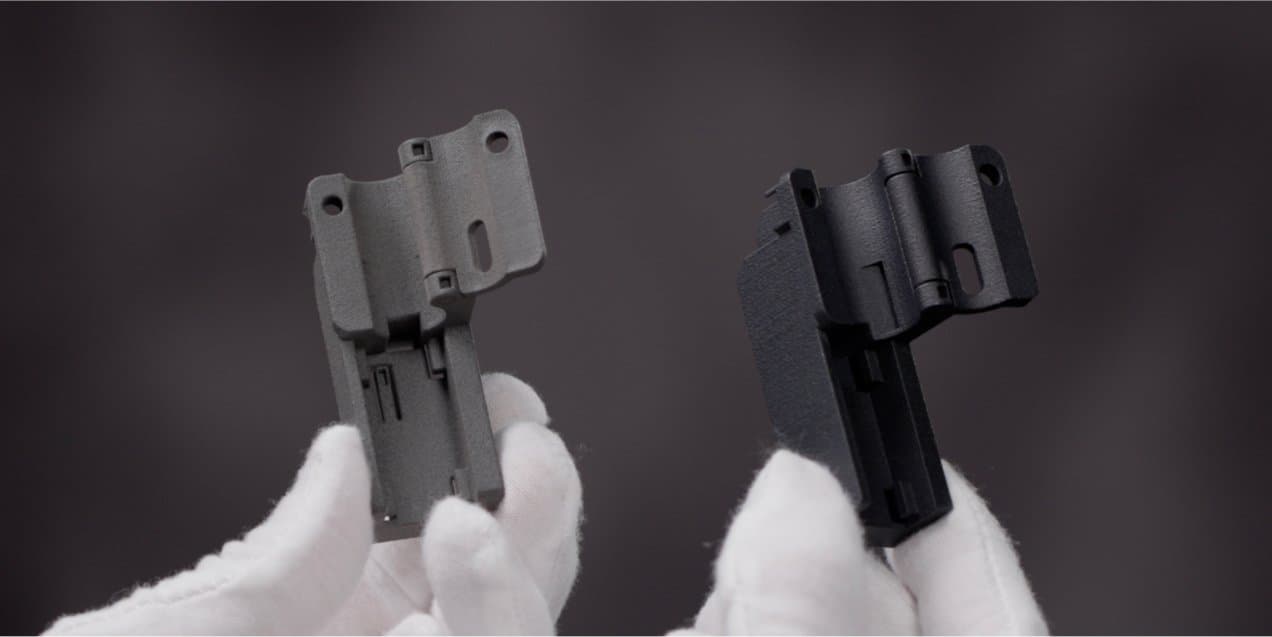
Dyeing
Both resin and powder 3D prints can be dyed with consumer-grade dyes. Clear or translucent resins are easier to dye than others, while the dark base color of SLS parts printed on the Fuse Series means that darker end results are the most attainable.
Ideal for:
- Improving overall look and feel

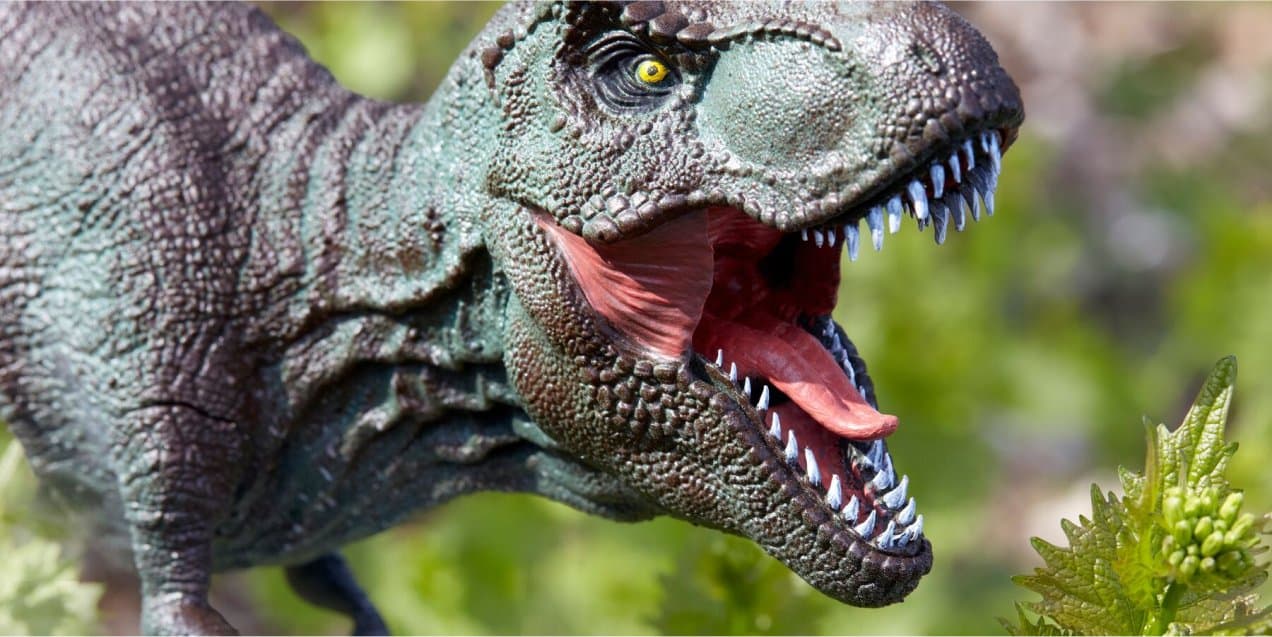
Painting
Painting may be preferable to dyeing when parts need to be brightly colored or color-matched to a reference. Spray painting provides the most even coverage and easier scalability, while painting by hand allows for greater detail.
Ideal for:
- Improving overall look and feel
- Matching specific color
- Improving UV and chemical resistance
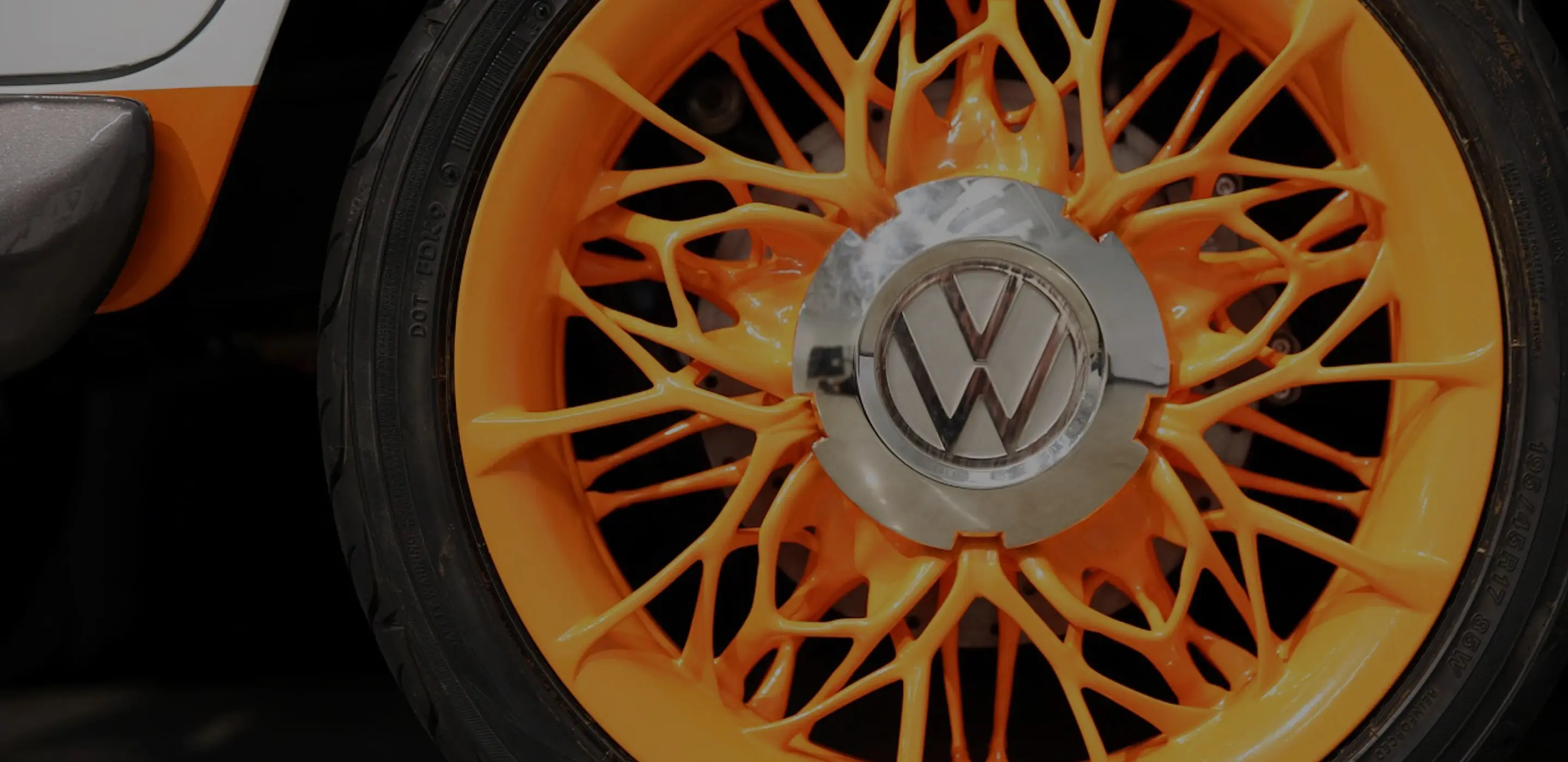
Improving Performance
Both SLA and SLS 3D printing technologies create parts that can be used in a variety of applications where strength, ductility, and durability are necessary. However, post-processing solutions like coating or plating can take those parts and bring them to the next level, often matching or surpassing the mechanical properties of injection molded plastics or even metals.

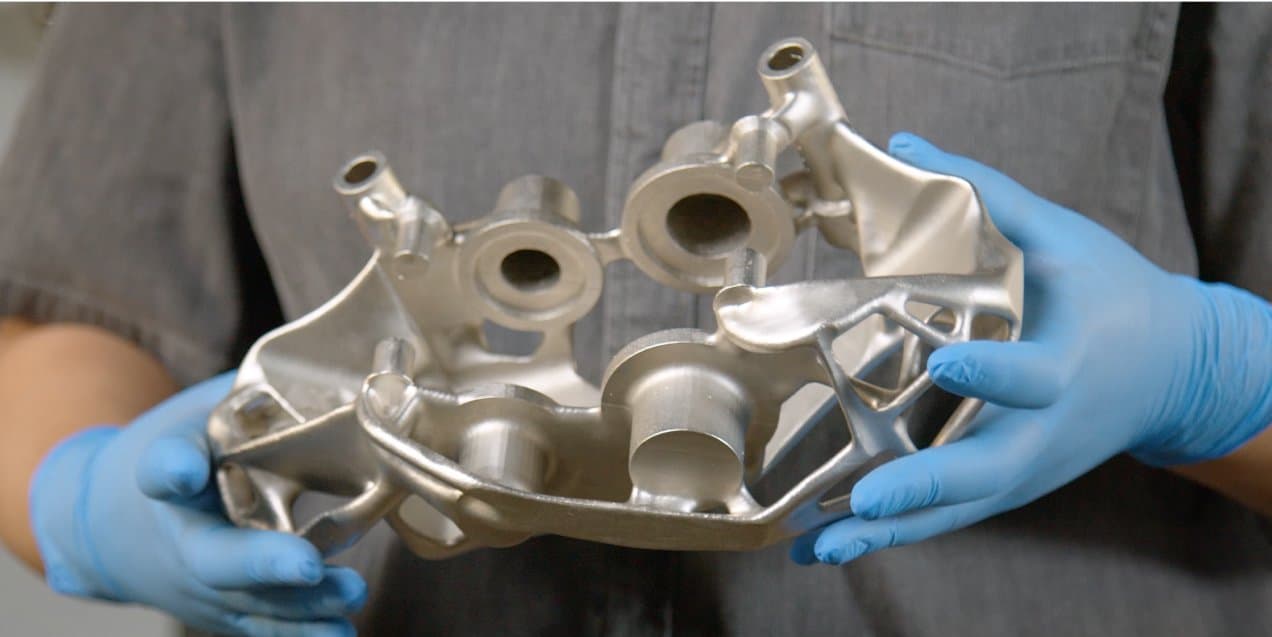
Metal Coating
Metal coating processes such as electroplating or vacuum metalizing transfer metal to the surface of 3D printed parts. They are excellent for end-use parts, and are a cheaper alternative to metal 3D printing.
Ideal for:
- Producing complex end use parts with the look, feel, and performance of metal parts
- Improving mechanical and electrical properties, such as strength, durability, and conductivity
- Improving UV, corrosion, and chemical resistance

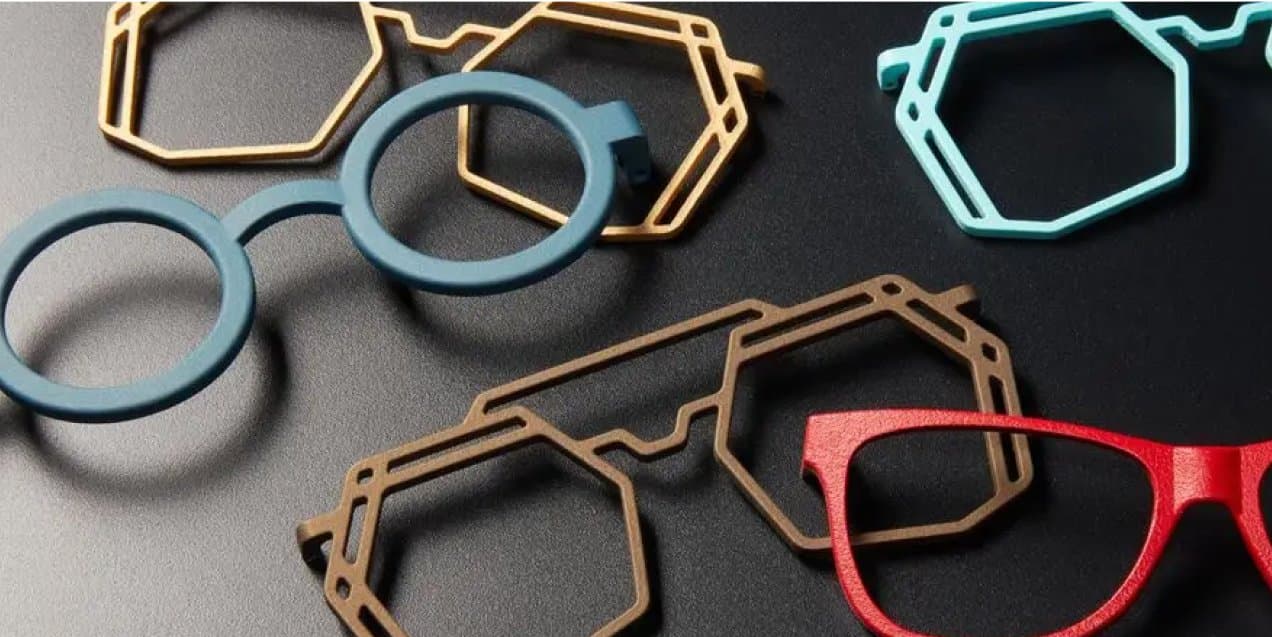
Ceramic Coating
Ceramic coatings, like those made by Cerakote, are applied in a thin film by spraying a polymer with ceramic additives directly onto the part. They are among the highest-performance options for advanced post-processing techniques.
Ideal for:
- Producing high performance, aesthetic end use parts
- Matching specific colors
- Improving mechanical properties
- Improving UV, corrosion, and chemical resistance

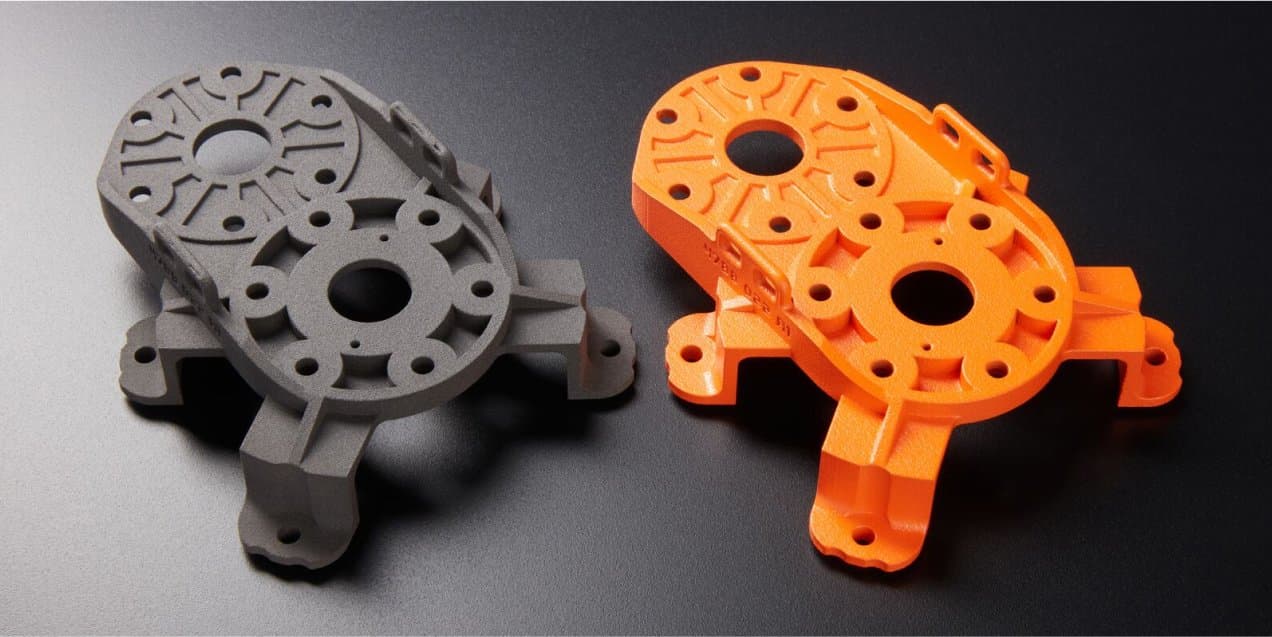
Powder Coating
Powder coating is a dry application of polymer in powder form to a substrate material. While many coating materials require very high temperatures, UV curable powder coatings were developed specifically with heat sensitive substrates in mind.
Ideal for:
- Improving overall look and feel
- Thick coatings and complex geometries
- Improving UV, corrosion, and chemical resistance
- Improving mechanical properties

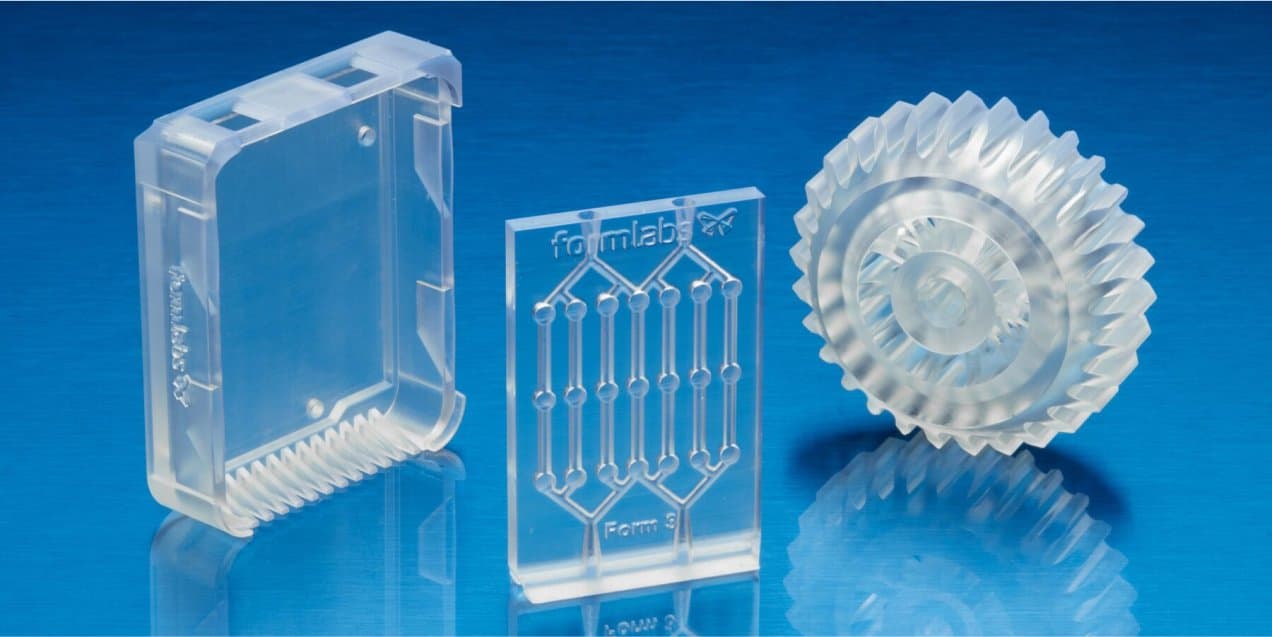
Polymer Coating
There are a number of liquid polymer coatings on the market that provide different degrees of smoothing and chemical resistance. They may be clear, tinted, or opaque; may be applied by dipping, brushing, or spraying; and may be based on different chemistries, such as epoxy, lacquer, and polyurethane.
Ideal for:
- Improving overall look and feel
- Improving UV, corrosion, and chemical resistance
Assembly and Secondary Processes

Printing Screw Threads and Adding Threaded Inserts
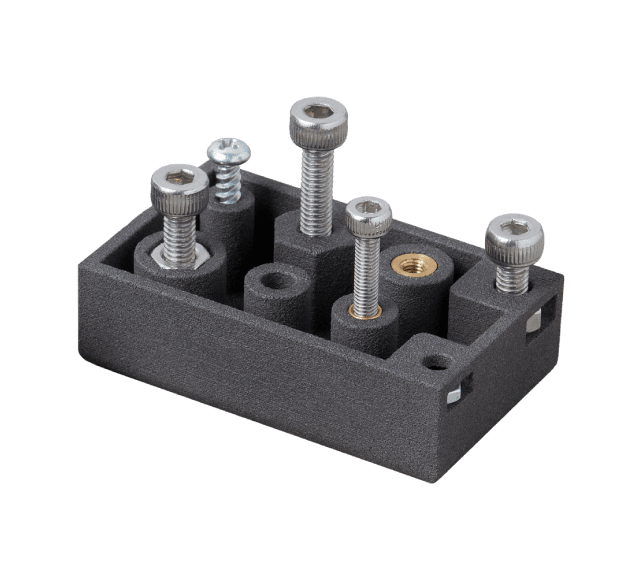

Designing, Printing, and Sealing Watertight Enclosures
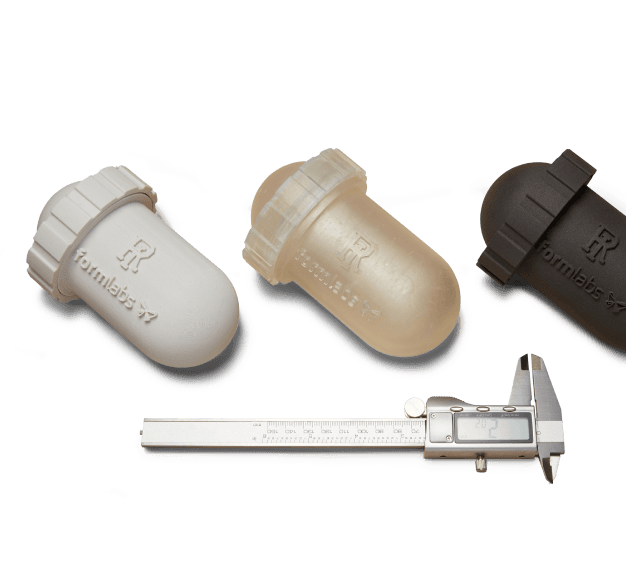

Tolerance and Fit for Functional Assemblies
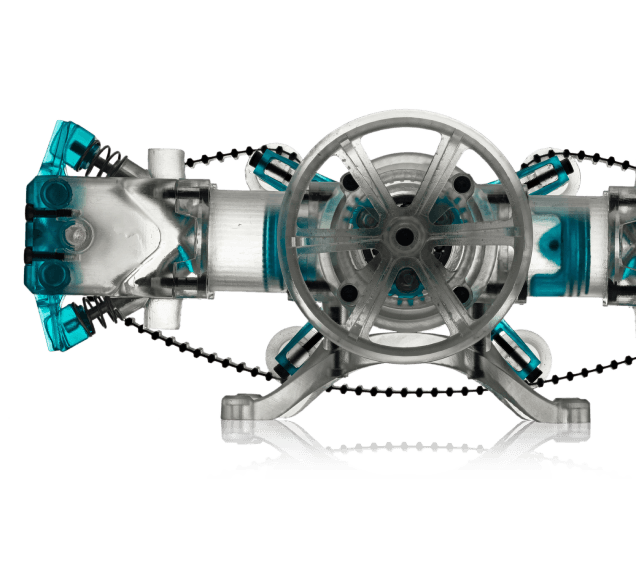

3D Printed Masking Tools
